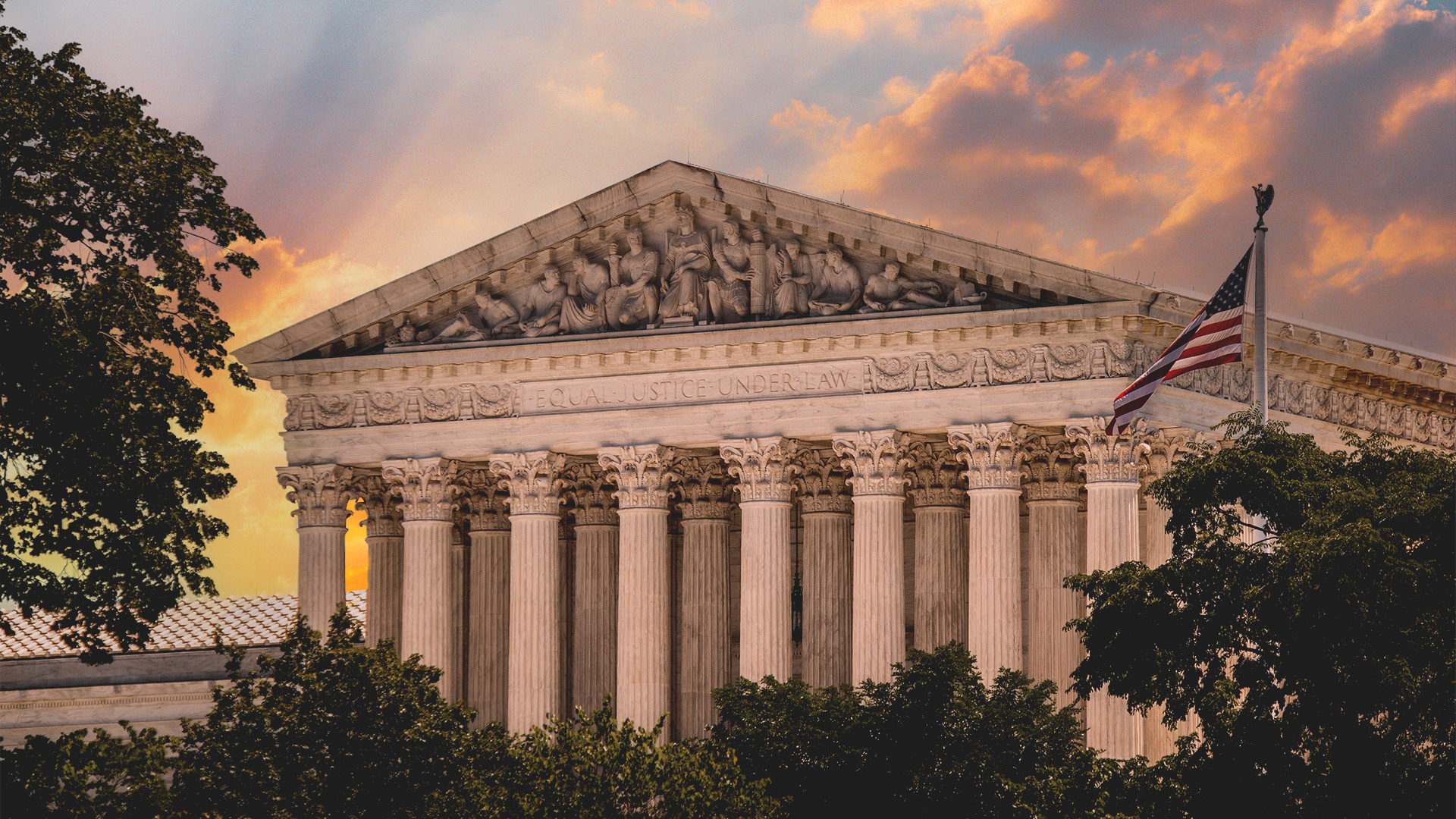What just happened?
The Supreme Court issued its ruling in Dobbs v. Jackson Women’s Health Organization, one of the most important pro-life case in decades. The decision states, “The Constitution does not confer a right to abortion; Roe and Casey are overruled; and the authority to regulate abortion is returned to the people and their elected representatives.”
What is the Dobbs case about?
The state legislature of Mississippi passed a law in 2018 called the “Gestational Age Act,” which prohibits all abortions (with few exceptions) after 15 weeks’ gestational age. The law was challenged in federal court by the only remaining licensed abortion facility in Mississippi—Jackson Women’s Health Organization—and one of its doctors.
The court blocked Mississippi from enforcing the law, concluding that the state had not provided evidence that a fetus would be viable at 15 weeks. Current Supreme Court precedent—based primarily on the cases Roe v. Wade and Doe v. Bolton—prohibits states from banning abortions prior to viability.
The U.S. Court of Appeals for the Fifth Circuit affirmed the lower court decision, but Mississippi appealed to the Supreme Court.
What are Roe and Casey about?
For more background on these cases see: 9 Things You Should Know About Roe v. Wade and 9 (More) Things You Should Know About Roe v. Wade.
What was the Court’s reasoning in overturning Roe and Casey?
The Court outlined five key reasons for their decision:
• The Court was asked to consider three questions, but took up only one: whether all pre-viability prohibitions on elective abortions are unconstitutional.
• The Court reviewed the standard used to determine whether the Fourteenth Amendment’s reference to “liberty” protects a particular right. They found that the Constitution makes no express reference to a right to obtain an abortion, and since the State’s regulation of abortion is not a sex-based classification (and is thus not subject to the heightened scrutiny) regulations and prohibitions of abortion are governed by the same standard of review as other health and safety measures.
• The Court examined whether the right to obtain an abortion is rooted in the nation’s history and tradition and whether it is an essential component of “ordered liberty.” The Court finds that the right to abortion is not deeply rooted in the nation’s history and tradition.
• The Court considered whether a right to obtain an abortion is part of a broader entrenched right that is supported by other precedents. They conclude that the right to obtain an abortion cannot be justified as a component of such a right, attempts to justify abortion through appeals to a broader right to autonomy and to define one’s “concept of existence” prove too much. Those criteria, the Court says, could license fundamental rights to illicit drug use, prostitution, and the like.
• The Court determined that the doctrine of stare decisis (i.e., following the rules of its prior decisions unless there is a “special justification” to overrule precedent) does not counsel continued acceptance of Roe and Casey.
Who wrote the opinion for the Court and how did the justices vote?
The overall ruling was 6-3 (5-3 for overturning Roe and Casey, 6-3 for upholding the Mississippi law).
Justice Alito delivered the opinion of the Court, which was joined by Justices Thomas, Gorsuch, Kavanaugh, and Barrett. Justice Roberts filed an opinion concurring in the judgment (he agreed with the decision to uphold the Mississippi law but disagreed with overturning Roe and Casey). Justices Thomas and Kavanaugh filed concurring opinions, and Breyer, Sotomayor, and Kagan filed a dissenting opinion.
What’s the bottom line on the ruling?
This is one of the most significant acts of justice in modern history. While ruling brings only a change of direction, not an end, to the fight over abortion, it is an essential victory for the pro-life cause that should be celebrated by all Christians.
Roe was one of the most evil and repugnant decisions of jurisprudence in our nation’s history, on par with Dred Scott v. Sanford (1857) and Plessy v. Ferguson (1896). Because of the Court’s complicity with injustice, millions of children were legally allowed to be killed in the womb with the consent of the federal government. Even if, in the short-term, the number of abortions does not significantly change, this ruling will likely save many lives in the future. For that reason, we can thank God for this decision, which restores the balance of justice and gives us greater opportunities to fight for our most vulnerable children.
